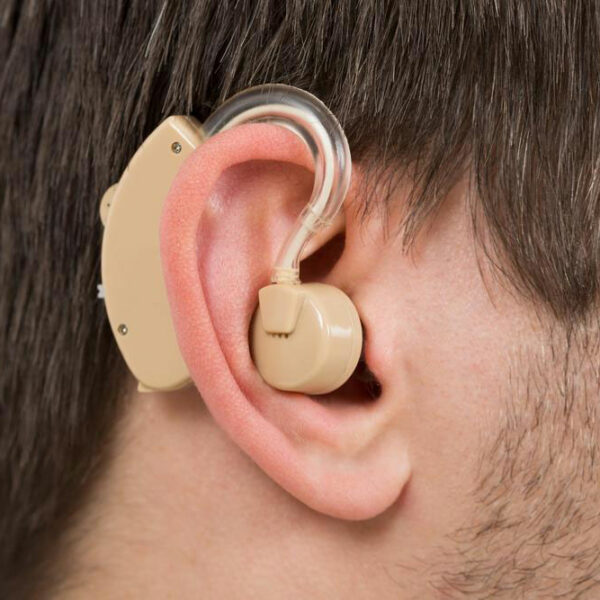Top 3 features to look for in a hearing aid
Millions of people in the country suffer from some form of hearing loss. Hearing aids help in significantly improving the ability to hear by simply making sounds louder, clearer, and easier to understand. Choosing the right hearing aid depends upon various factors like the severity and type of hearing loss, manual dexterity, and lifestyle.
Below are the three essential features to look for in hearing aids.
Telecoil
A telecoil is a copper wire or a small sensor that is placed in the hearing aid, it is an option provided by many modern hearing aids.

Digital feedback reduction
Digital feedback reduction is also known as feedback suppression. It helps to quell the high-pitched whistling sounds. Most of the modern hearing aids have this feature. However, its effectiveness tends to differ. If the hearing aid is slightly dislodged from the ear or if one is close, digital feedback reduction helps in minimizing the feedback. It also allows for much more comfort, venting, and sound quality for listeners who in their lowest pitches have a good hearing. Also, a proper fit of hearing aid helps in the reduction of feedback.
Directional microphone
A directional microphone helps to have a conversation in noisy environments by making the audio signal in front of the person and canceling the noise from the rear or the sides. This technology is available in most modern hearing aids and it works the best when one is close to the sound source. Most hearing aids are able to automatically switch between omnidirectional and directional settings, depending on how the environment is.





